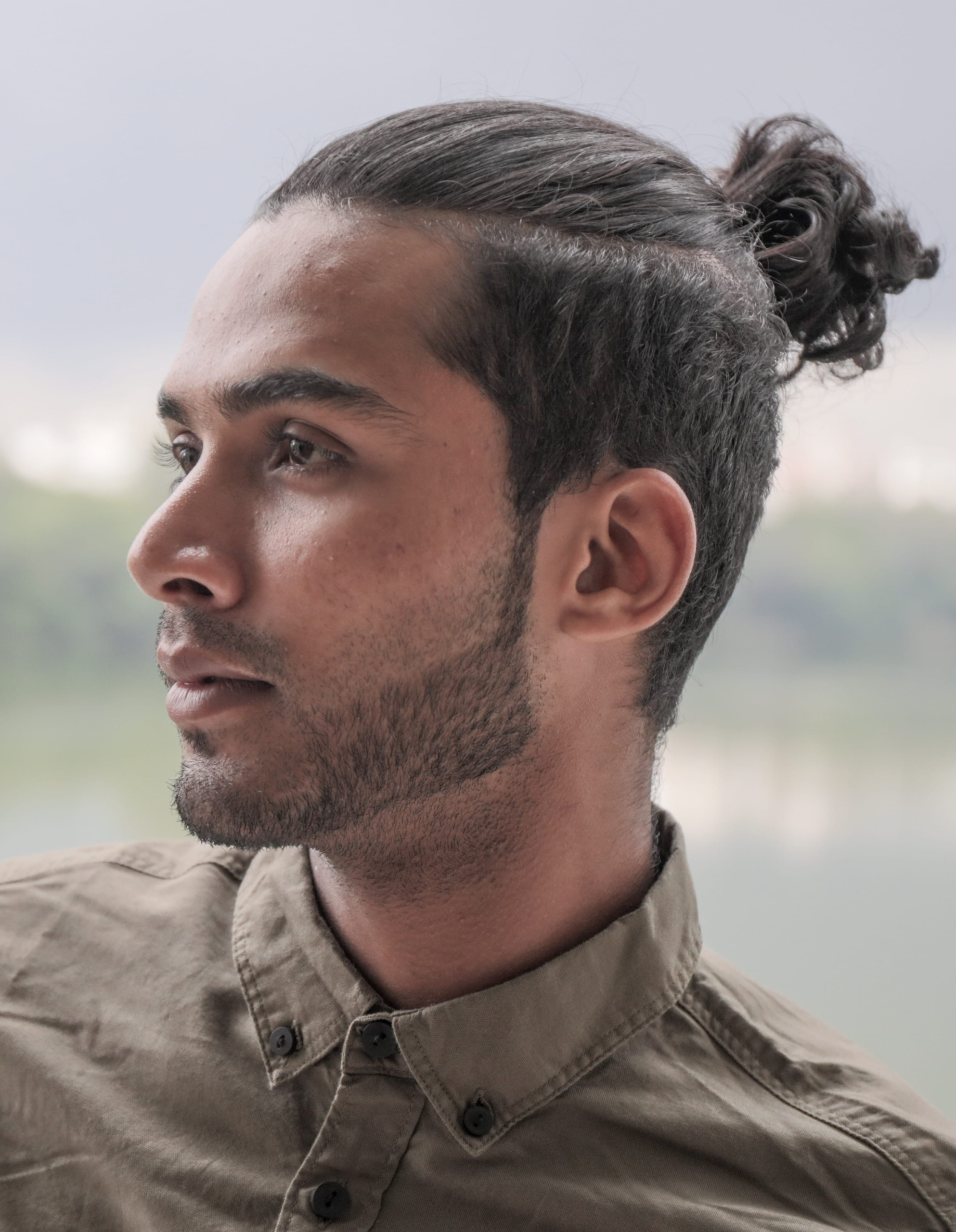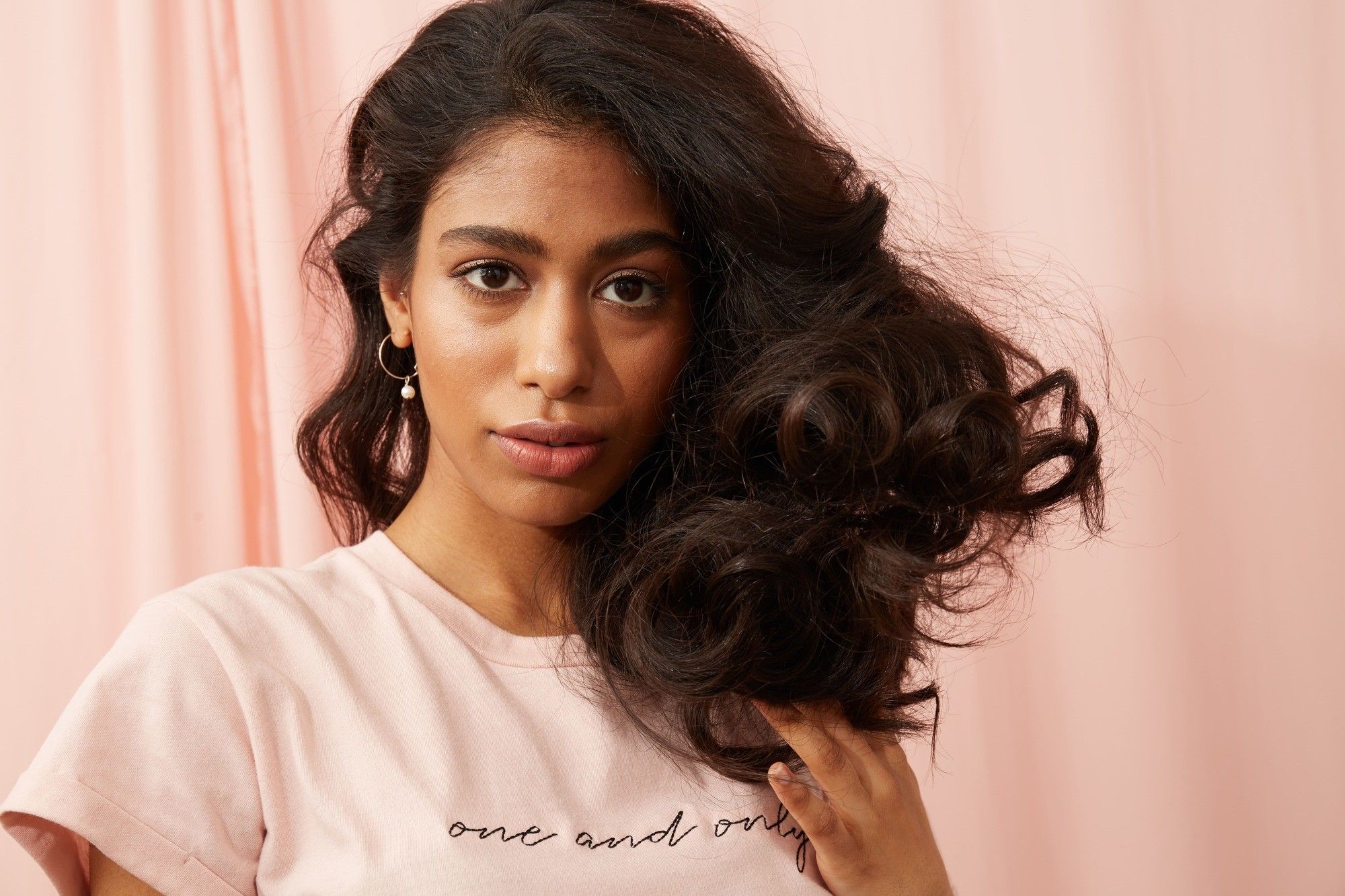The finger wave hairstyle was first popular in the 1920s and 1930s. It remained popular into the late 1990s in North America and Europe. Its original popularity is attributed to actresses on the silver screen. Today, finger waves are still a popular choice for celebrities. Here are the main techniques to achieve a finger wave Hairstyle.
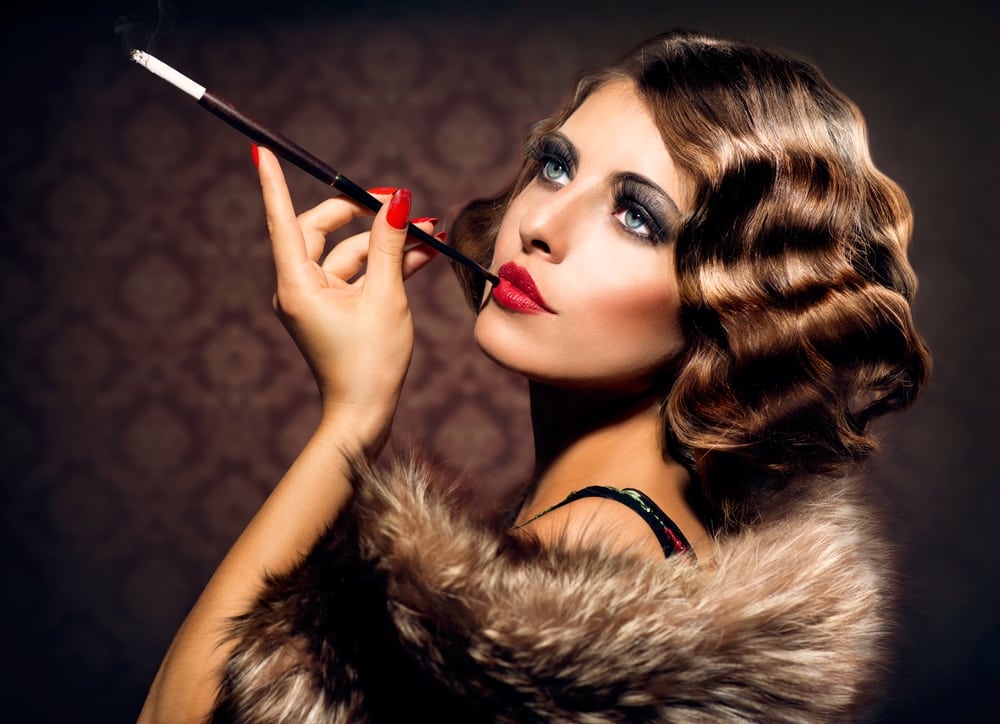
Pin curl method
When creating finger waves, a pin curl technique is essential. First, divide a section of hair into small pieces of about an inch each horizontally. Then, begin pin curling, starting from the end of the hair and wrapping towards the shaft. Once you have completed the curl, clip the section against the head to dry it. You may also use an airdryer with a diffuser attachment to finish the style.
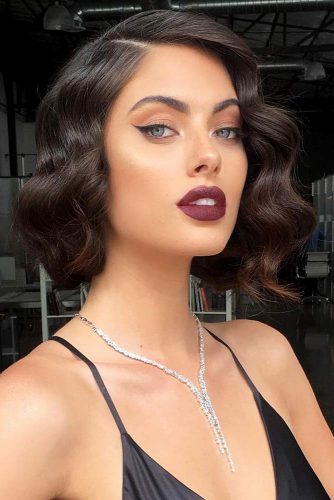
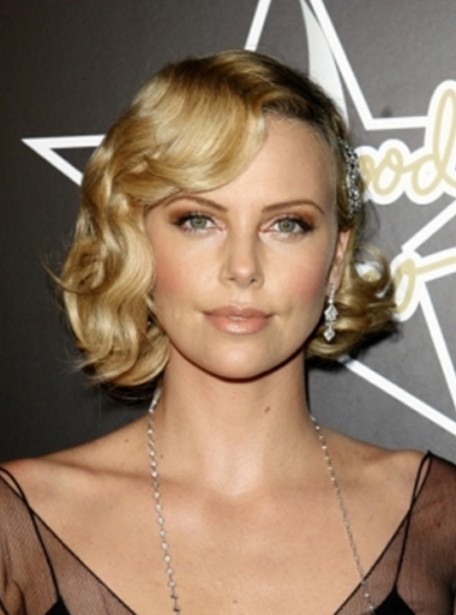
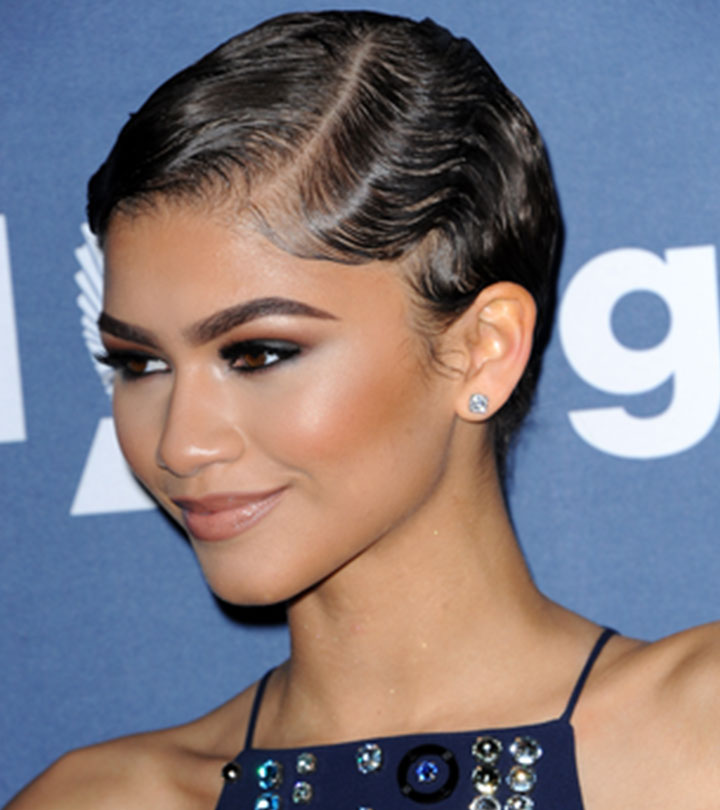
If your Hair is thick and unruly, you’ll want to allow plenty of time for it to dry. Misting the hair with a small amount of water will also help make the hair more manageable. Once your Hair is completely dry, you’ll need to remove the pins. You may also want to apply thin styling gel or setting lotion to ensure your curls stay in place.
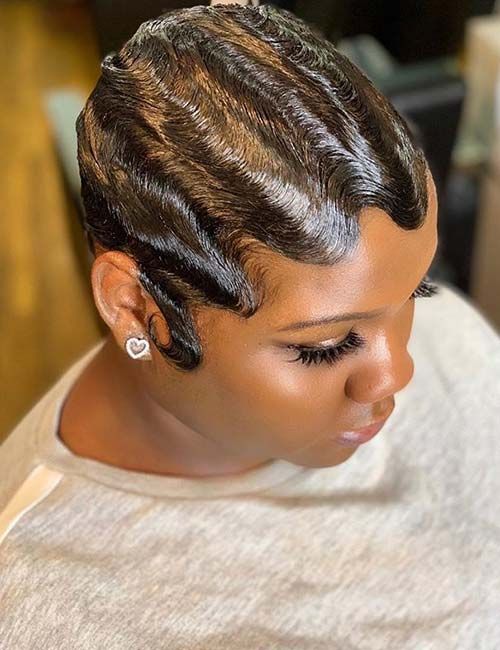
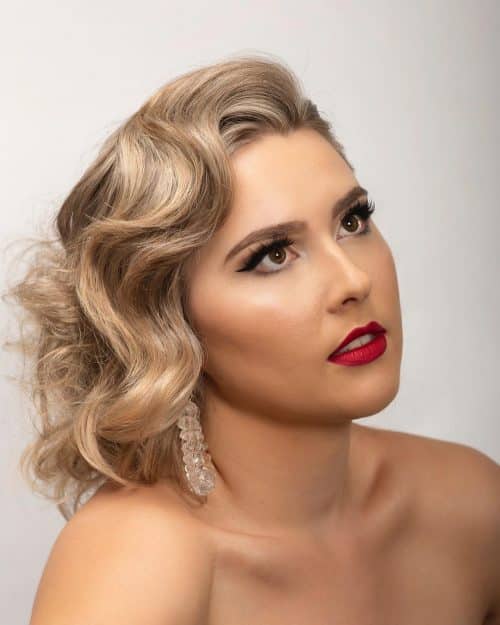
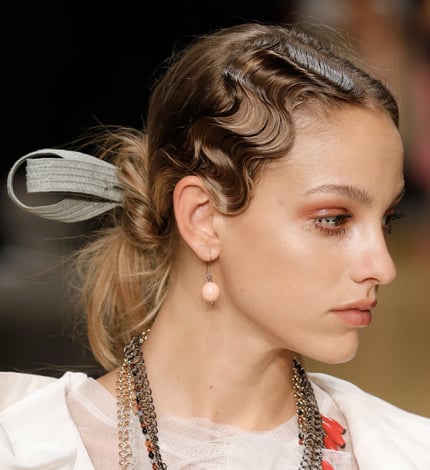
After applying the pin curl method, you’ll want to wait a few hours for your hair to dry completely. You can do it in the morning or at night, depending on your Hair‘s length. You may want to wear a silk scarf to prevent frizz. Using a diffuser will also help speed up the drying process.
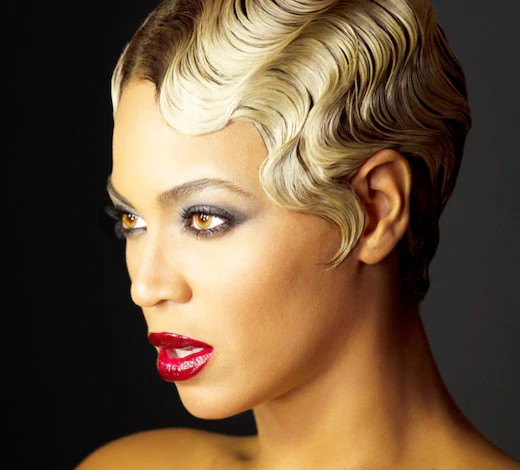
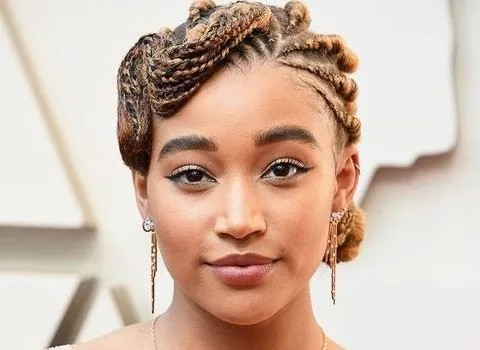
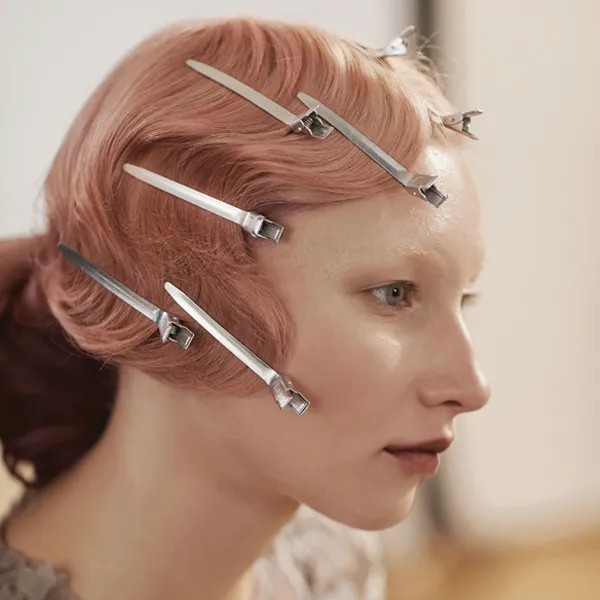
Finger wave hair is easy to achieve with this technique, but it is important to use styling products before you begin. Make sure to use a setting lotion before you begin this process, as it will help you create more defined ridges in your hair. Then, wrap sections of hair around your finger. While your finger waves are drying, press the clip against the scalp to keep it from sagging. If your Hair is particularly fine, you may need to use a dry shampoo or mousse to prepare it for finger wave hair.
Pin curls are easiest to create at night, and should be completely dried before you attempt to remove them the next morning. Once you have dried your hair, you can gently brush it to loosen them. If you need to use a blow dryer, make sure to use the lowest setting so that your hair does not become too dry.
Tri-finger waves
A great way to give your hair a more modern look is to add finger waves to your long hair. Finger waves are an old technique that can be repurposed for a modern twist. Long finger waves move in a zigzag pattern, which adds volume and richness to your hair. These waves can be achieved with a large barrel curling iron and refined hair accessories.
To create this effect, start at the side of the part and curl the hair under your middle finger backwards. Next, place your index finger on the newly curved section. Continue bending the hair under your finger until you have a complete “C” shape. From there, use your comb to begin creating an S-shaped wave.
When creating finger waves, you’ll need a fine-toothed comb and strong hold gel or curling mousse. You may also need a small amount of hairspray. To create the perfect finger waves, you’ll want to start with your hair damp. This will ensure that the waves stay a bit softer and shinier, while also preventing them from looking too coarse and floppy.
Finger waves can last up to four to five days with proper care. You can use a medium-to-strong hold product to make them last longer. To prevent them from fading, be sure to shampoo and condition your hair after finger wave styling. Using a Mason Pearson Natural Boar Bristle Brush will also help you achieve the perfect beach wave.
Before creating finger waves, you should prepare your hair thoroughly. Apply a styling mousse or gel to the hair and hold the curl in place with your fingers. To add extra protection, you can use a gel or mousse to keep your hair hydrated. The hair will be easier to manage and style when it’s properly set.
Victory roll method
The Victory roll method for finger wave hair starts by applying mousse to the hair and then parting the hair into two equal sections. Secure the bottom section with a hair tie. Next, start curling the top section by wrapping it around two fingers and rolling it towards the scalp. Continue this process until you have achieved the desired volume.
When done right, a victory roll hairstyle creates a vintage pin-up look. It’s a simple style to execute and can be worn for a number of occasions, including Halloween. Aside from the traditional frontal style, the victory roll can also be worn on the sides or back.
The Victory roll is a classic hairstyle that was popular in the 1940s and continued into the 1950s. This style emphasized voluminous curls that frame the face. It’s also a fun and easy way to show off your sense of style. This style is also very versatile and is ideal for vintage themed parties or swing dance classes.
Another version of this style is called a swiss roll. While these rolls are still widely used today, they originated during World War II. There are several theories as to how the technique was started, but the most common are that it was tied to post-war movements. One theory associates the style with aerobatic maneuvers performed by planes, while another says that victory rolls are a symbol of women home helping their loved ones in the war.
Traditional method
The traditional method of finger waving hair is a complex method that requires time and practice. This method involves shaping dry, clipped hair into a finger wave shape. It requires several steps, including applying sculpting gel and using a finger comb. Once the waves are complete, hair can be straightened.
Before the modern “bend” or beach waves became popular, finger waves were the reigning queen. Today, this style remains a salon staple. These waves are perfect for parties or special occasions. Even Cosmetology schools teach students how to do this method. Finger waves are a versatile style that can be worn for special events and for Great Gatsby-themed parties.
You can try this style even if you don’t have long hair. Because finger waves are supposed to lay close to the head, they will last longer if you wear a silk scarf or bonnet. However, if your hair is too coarse or thick, you should not try this method.
The traditional method of finger wave hair style is similar to a pixie hairstyle, but focuses on shorter hair. Finger waves are best applied on hair that is between five and eight inches long. Longer hair makes it difficult to get the waves to lay flat, so shorter hair makes the process easier.
Finger waves are an easy way to add texture and dimension to curly or long hair. There’s no need for heat, but it does take time and patience.
Vintage method
If you want to give your hair the 1920s look, consider attempting the vintage method for finger wave hair. This style is perfect for short hair and is also suitable for special occasions. To achieve this look, you should wet your hair first. After washing it, apply a styling mousse to coat the fibres and fix the wavy movement. After doing this, begin to comb it back starting at the hairline.
The finger-wave hairstyle was very popular during the 1920s. Back then, hair styling tools were not as advanced as they are today. Women of this time used their hands to manipulate their wet hair using gel and finger. The result is a unique wave that will enhance your hair’s volume and add height to your ridges. A great way to try this look is to wear it with a strapless or off-the-shoulder dress for a more dramatic look.
Creating the finger wave hairstyle requires a lot of patience and skill. It requires time to perfect, but the result will be beautiful. It’s a perfect style for any special occasion and a night out on the town. Finger waves are very versatile, and can be achieved with water, gel, or hairspray. It is crucial to dry the hair properly or else the hair will fall. Several recent fashion shows and performances have featured this style. Fashion designer Laurent Philippon used this method to create finger waves on long, lush locks.
The Vintage method for finger wave hair can be achieved in a variety of different hair textures. Coarse hair can support finger waves better than fine hair. Thick hair can also support finger waves, but it requires more effort to keep them in place.
